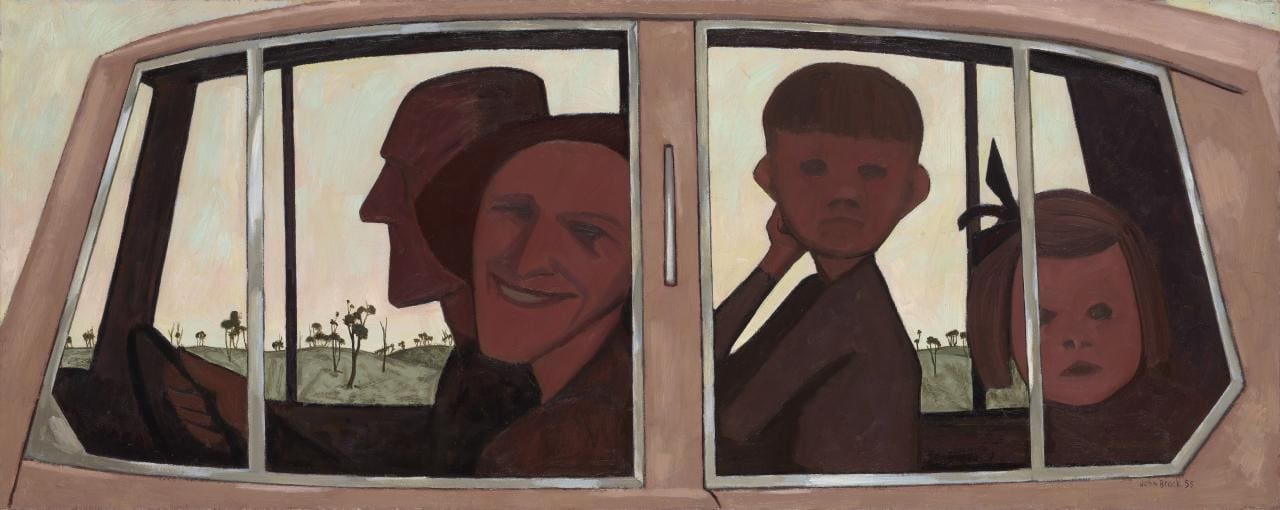
Place-driven Practice
Running for just two weeks across various locations in greater Walyalup, the Fremantle Biennale: Sanctuary, seeks to invite artists and audiences to engage with the built, natural and historic environment of the region.
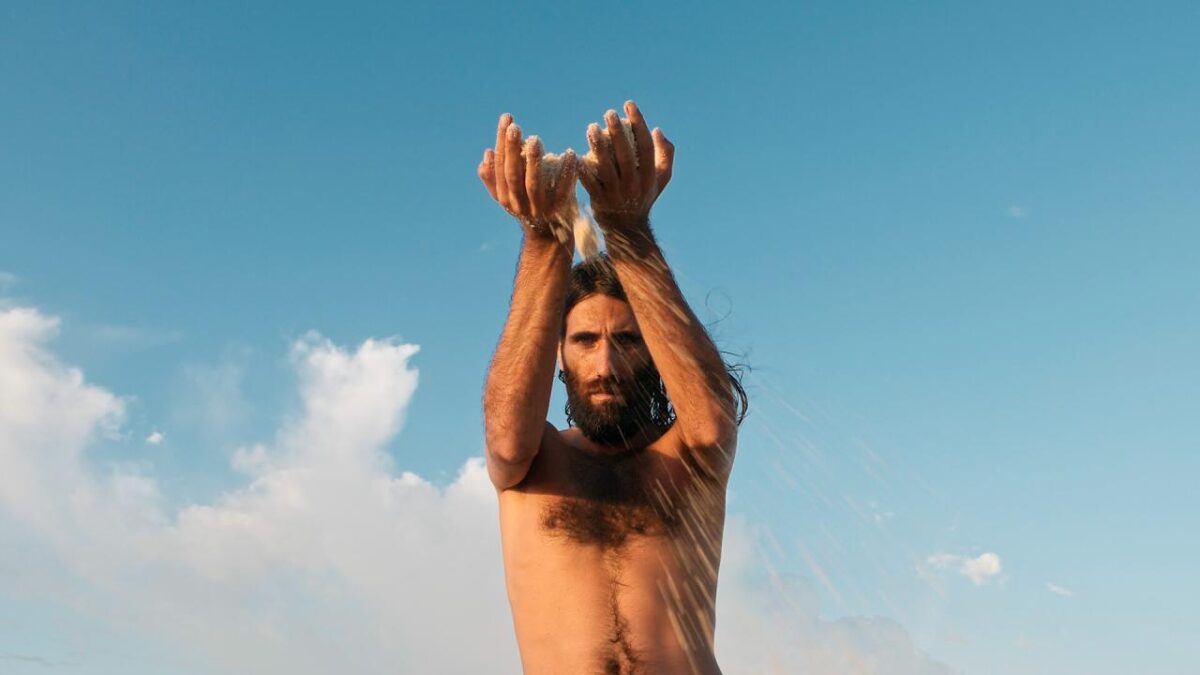

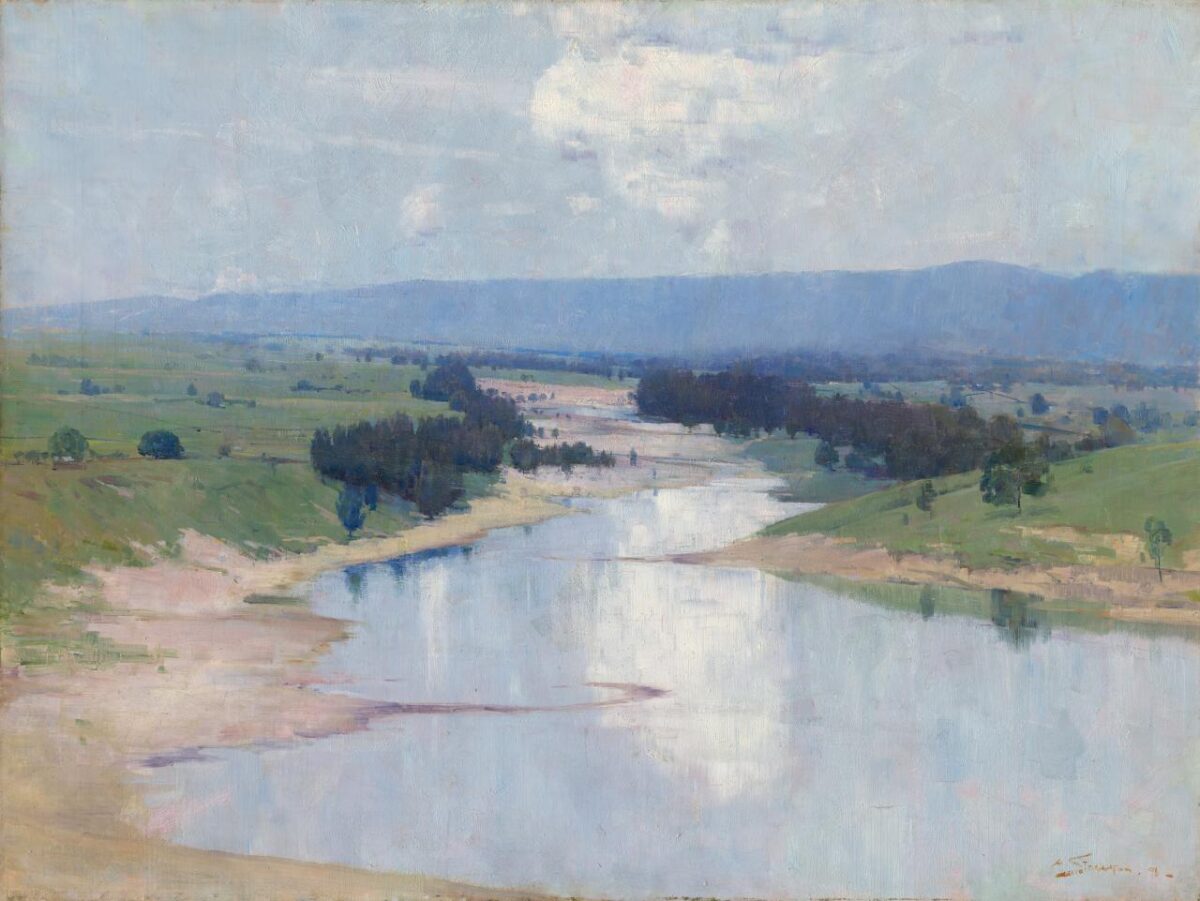
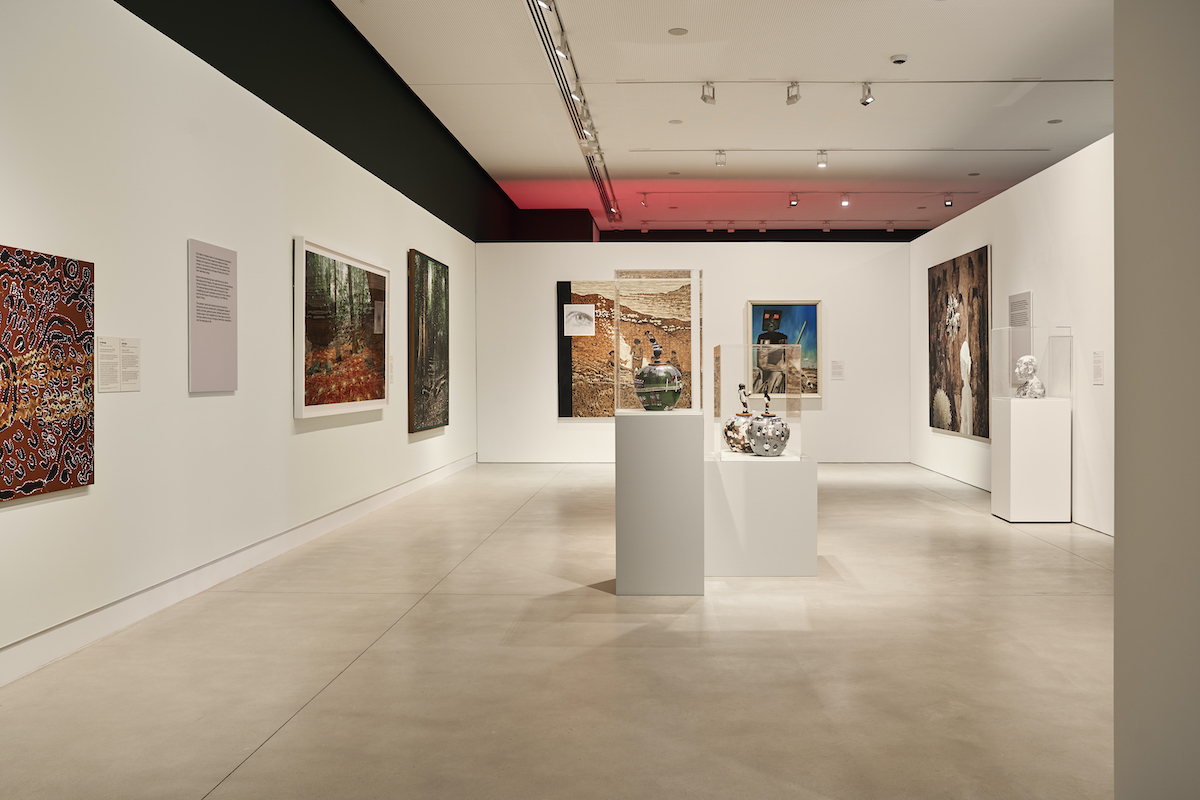
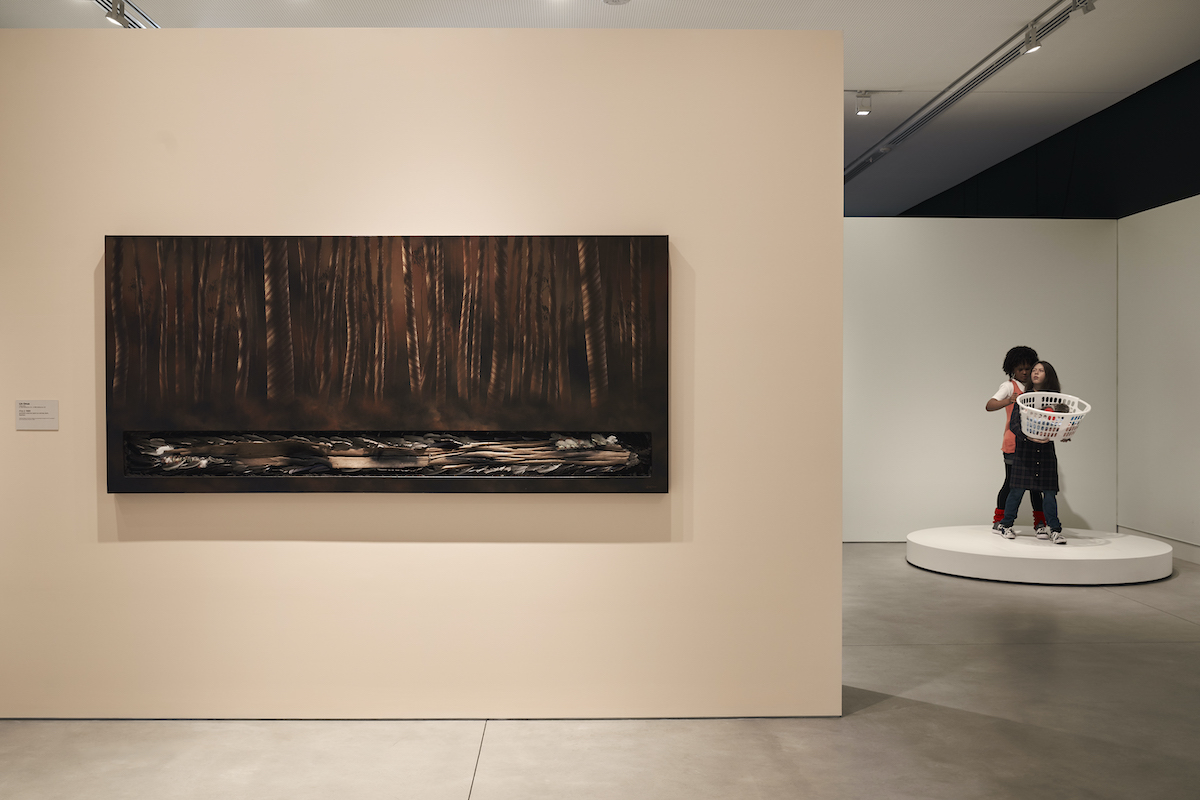

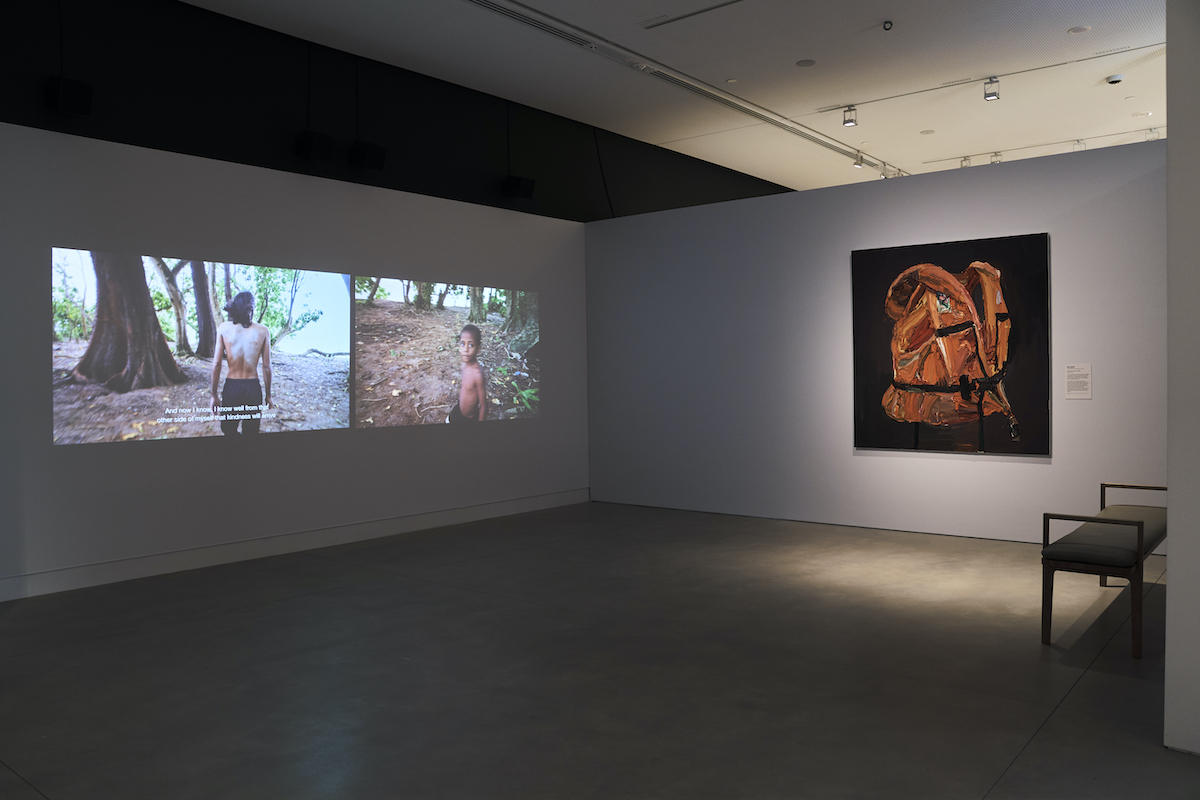

In dedicating itself to landscape in Australian art, The Land is Us: Stories, Place & Connection takes on a broad remit. But it’s precisely that broadness—alongside an expansive interpretation of what landscape art is—that this exhibition celebrates.
Featuring works from the National Gallery of Victoria, the exhibition goes back as far as John Glover’s Mount Wellington with Orphan Asylum, Van Diemen’s Land, 1837, moving through the years to reach contemporary artists including Brook Andrew, Patricia Piccinini and Destiny Deacon.
“In all our stories, memories, histories and places, the land is present,” says curator Belinda Briggs, ”physically, spiritually, economically informing and shaping our identities, and our social and cultural relationships.”
While the exhibition acknowledges the influence of Impressionist painters like Arthur Streeton and Frederick McCubbin, they nevertheless represent a “Eurocentric viewpoint that promoted settlement while omitting and marginalising First Nations and non-European peoples,” says Shepparton Art Museum CEO Melinda Martin. Kamilaroi artist Reko Rennie, with Regalia, 2013, is one of several significant Indigenous artists who “challenge the conventions of the traditional Australian landscape, and turn our sight, minds and hearts to the land beneath our feet”.
The Land is Us also embraces the landscape art of artists who’ve experienced migration. Among them is Iran-born photographer Hoda Afshar, as well as artists of Chinese origin such as John Young (Zerunge) and Ah Xian. “Their artworks serve as a means to reconnect with their birthplaces and reflect on their journeys to a new life, while paying homage to cultural traditions,” says Martin.
Other themes include the climate crisis, with Piccinini’s The Rescuers, 2021; and political activism, with the late Yorta Yorta artist Lin Onus’s Fire 2, 1989. Martin describes Onus’s visionary work as a “cultural bridge”—an apt way of summarising the show itself.
The Land is Us: Stories, Place & Connection
Shepparton Art Museum
On now—1 September
This article was originally published in the July/August 2024 print edition of Art Guide Australia.
